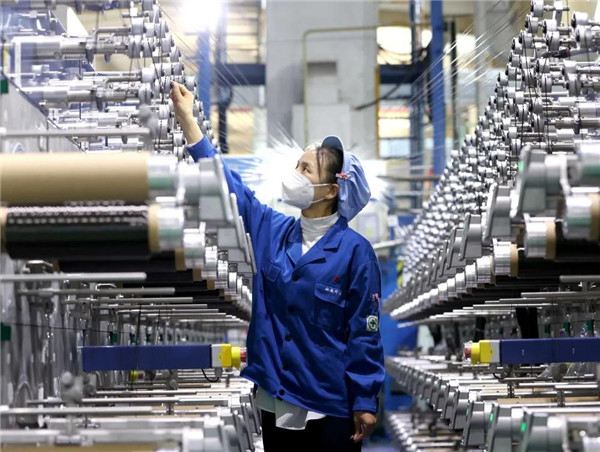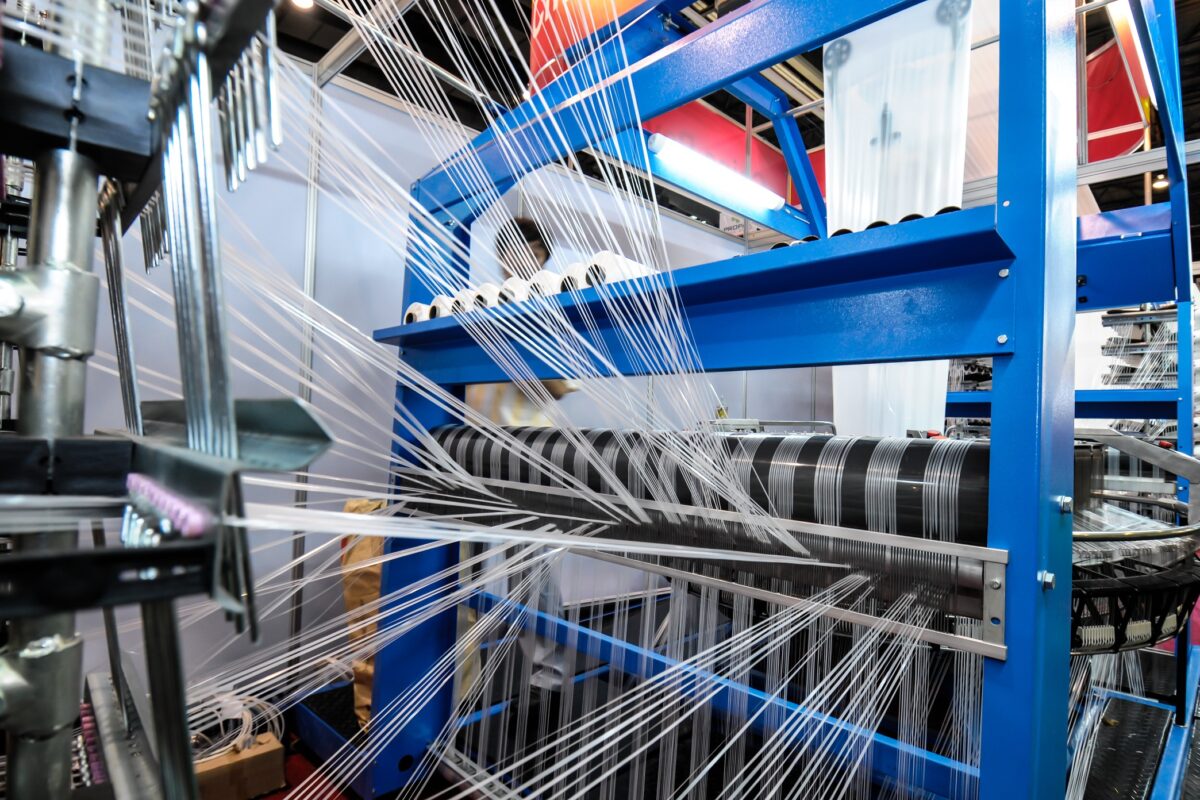
China's textile industry a behemoth that once clothed the world is facing numerous challenges. Overcapacity, falling exports, and domestic growth problems are casting a shadow over its future. The industry, covering from fiber and yarn production to garment manufacturing, is grappling with a slowdown that has repercussions not just domestically, but also for countries intertwined with China's textile trade.
Excess capacity and falling demand
Years of rapid expansion have led to a glut in production capacity across the textile value chain. This overcapacity is clashing with weakening global demand, which has gotten worse due to geopolitical tensions and economic uncertainties. The result is a drop in exports, a key pillar of China's textile industry.
Table: Exports on the decline
|
Fiber |
2023 (Jan-July) |
2024 (Jan-July) |
Change (%) |
|
Polyester |
10.5 million tons |
10.2 million tons |
-2.90% |
|
Nylon |
2.1 million tons |
2.3 million tons |
+9.5% |
|
Spandex |
0.45 million tons |
0.4 million tons |
-11.10% 1 |
|
Cotton Yarn |
2.5 million tons |
2.2 million tons |
-12.00% |
Source: China Customs
The table illustrates the declining export trend for key fibers and yarns. While nylon exports have seen a slight uptick, likely due to its use in specialized sectors like sportswear, the overall picture is one of contraction. This decline is particularly pronounced in spandex, where overcapacity has led to fierce price wars and a slump in both domestic and export markets.
Ripple effects across the globe
The impact of China's textile slowdown is being felt globally.
Bangladesh: A major garment exporter reliant on Chinese raw materials, Bangladesh is facing higher costs and supply chain disruptions. The decline in Chinese cotton yarn exports, for instance, has forced Bangladeshi manufacturers to seek alternative sources, often at higher prices. This is squeezing profit margins and threatening the competitiveness of Bangladesh's garment industry.
Vietnam: Another key player in garment manufacturing, Vietnam is also experiencing the knock-on effects of China's overcapacity. Increased competition from Chinese manufacturers seeking to offload excess inventory is putting downward pressure on prices and eroding Vietnam's export market share.
Ethiopia: As a rising star in the textile and apparel sector, Ethiopia is attracting investment from Chinese companies seeking to relocate production and capitalize on lower labor costs. While this brings job opportunities and technology transfer, it also raises concerns about potential overcapacity and environmental challenges in Ethiopia.
China's ways of facing challenges
Recognizing the urgent need for change, China is taking steps to address the imbalances in its textile industry. The government is encouraging mergers and acquisitions to reduce fragmentation and create larger, more efficient enterprises. Investments in automation and advanced manufacturing are also being promoted to enhance productivity and move up the value chain. With rising incomes and a growing middle class, China is increasingly looking inwards to drive textile demand. This involves promoting domestic brands, developing innovative products, and fostering a more sophisticated consumer market.
Sustainability and green initiatives are also in line. Environmental concerns are pushing the industry towards sustainable practices. This includes investing in cleaner production technologies, promoting the use of recycled fibers, and reducing water and energy consumption.
For example, the city of Shantou, a textile hub in Guangdong province, exemplifies China's push towards intelligent manufacturing. With a digitalization rate of 55.6 per cent in its textile and garment industry, Shantou is leveraging technologies like the Internet of Things (IoT) and enterprise resource planning to optimize production processes, reduce waste, and achieve green manufacturing. Companies like Guangdong Rongchang Textile Industry Co are using digital control systems to monitor energy consumption, improve quality control, and enhance resource efficiency.
The road ahead for China's textile industry is undoubtedly challenging. With innovations, sustainability initiatives, and adapting to changing global dynamics, China can move ahead in a more balanced and resilient way. The success of these efforts will not only determine the future of China's textile industry but also have far-reaching implications for the global textile landscape.












